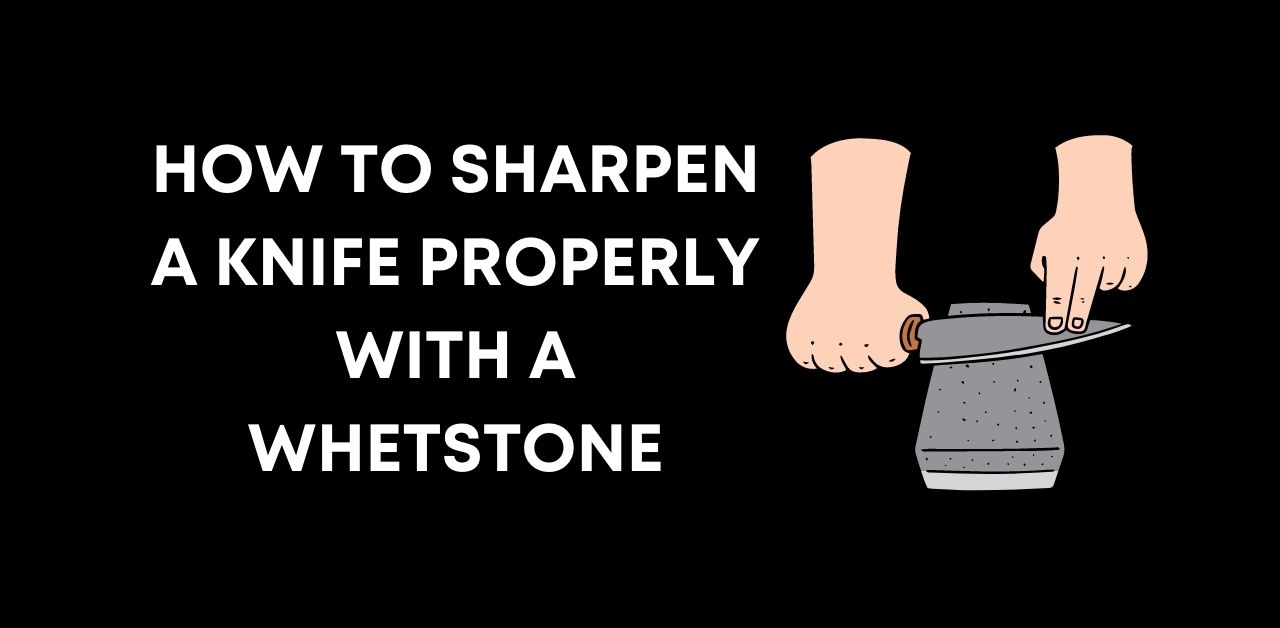Knives that are dull are not liked by anyone
There is nothing more frustrating than using a dull knife. Due to the inefficiency of your knife, you will have to repeat the slicing or cutting action many times.
It is of great importance to understand that when you lose control of your knife, you can either purchase a new one, which can be a costly process, or learn how to sharpen it yourself. If you think sharpening knives is easy, then I am going to tell you that there are some ways that make sharpening your knife more effective so that it remains sharp for longer periods of time. Using the following methods, you will be able to properly sharpen your knife.
Sharp knives require the following:
- Sharpener of high quality is preferred
- An abrasive made of diamonds
- The surface of the finish is made of hard stone or ceramic abrasives
- Depending on the stone, mineral oil or water is needed.
To sharpen your knife properly, you must first know what angle to use. It is recommended that you call your manufacturer or read the instruction manual if you are unsure about the angle at which you should sharpen your knife. Sharpening your knife at the right angle will make the task much easier and more efficient if you know what angle to use.
The knife must be sharpened at an angle between 10 and 30 degrees per side most of the time. Shallower angles may seem preferable to you, but they don’t last as long as sharp angles do. In order to achieve a compromise, choose an angle between 17° – 20°.
Mineral oil should be applied to the whetstone. The mineral oil or any light oil will facilitate the blade’s passage through the stone, but you do not have to use it. In addition, it will prevent your whetstone’s surface from becoming clogged with shavings.
There are usually two surfaces to your whetstone: a rough side and a fine side. The rough part of the steel is used to grind it down, while the fine part is for honing it and finishing it. The rough side is grinded first and then the fine side is honed. The whetstone is moved up and down by pulling the knife. Keeping the knife in the flat position, pull upwards and downwards until you get a new edge.
Whetstones should be sharpened using fine grit this time. Flip your whetstone over and repeat the process. In this step, you want to smooth out the knife’s edge so that it becomes a honed edge rather than a ground edge.
There is no definite number of strokes that must be followed when sharpening a knife. All you have to do is use your thumb periodically to check if the edge is sharp enough.
You will become more proficient at sharpening your knife as you practice. Sharp knives are worth the trouble even if knife sharpening is the most challenging part of knife maintenance.
